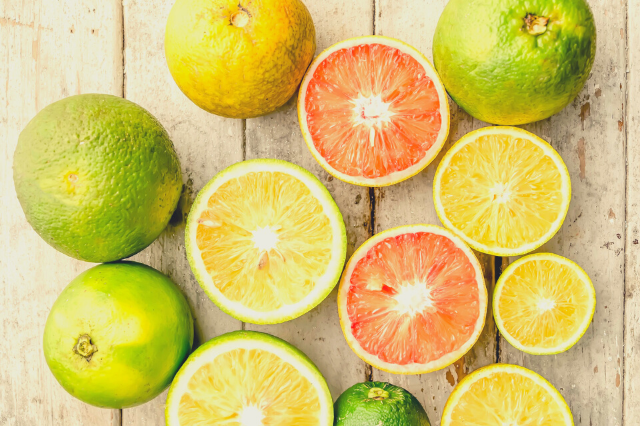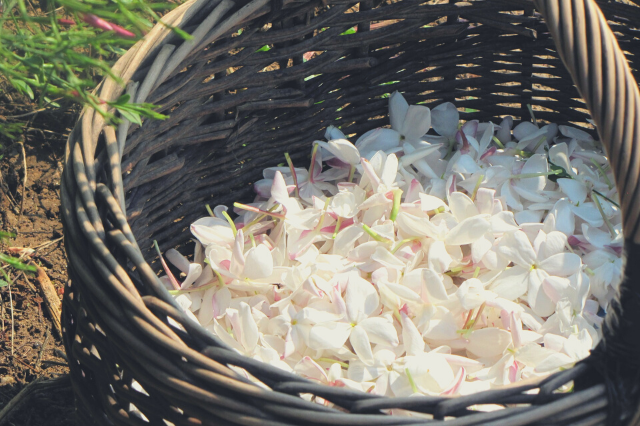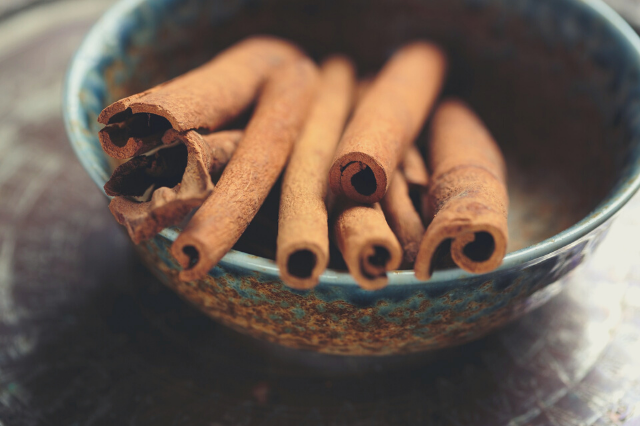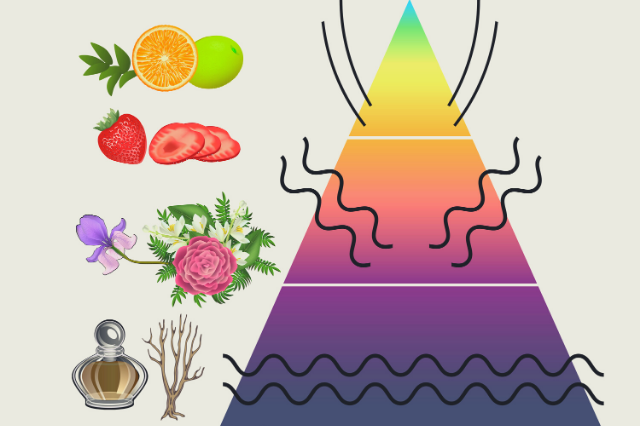Difference between top, heart and base notes in perfumes
Do you have a boundless passion for fragrances, but you still don’t know what the top, heart and base notes are in perfumes? Knowing them is an essential factor in making an informed choice and finding the perfume that best suits your tastes. In fact, the notes constitute the identity card of the fragrance, providing you with valuable information on which smells you perceive from the first spray, which ones you notice after a while from the first application, and which ones you smell as the hours go by. So what are you waiting for? With this guide, we’ll help you understand a little more about the notes of perfumes, but first of all we need to explain what an olfactory pyramid is.
What is the olfactory pyramid
Since the 19th century, there has been the custom of cataloging perfumes based on a breakdown into “notes”. These differ according to the degree of volatility of each of the essential oils that make up a given perfume. In this sense, the olfactory pyramid is a graphic representation of the degree of evaporation, and therefore of the persistence of the various components of a perfume.
The olfactory pyramid consists of 3 levels which, examined from top to bottom, illustrate the way in which the fragrance evolves over time. In practice, it is a sort of perfume meter that takes into account the time that has passed since its first application. However, you must know that, in the graphic illustration of the perfume, the notes do not correspond to the ingredients (or at least not always), but refer to olfactory aspects that you can perceive; it is in fact very rare that a single note coincides with a single ingredient. Now that you know what the olfactory pyramid is, we can go into more detail and see what are the top, heart and base notes that make up the olfactory profile of a fragrance!
What are top notes

The top notes correspond to the “flight of the perfume”, that olfactory sensation that is felt in the 5 minutes following the first spray and which can trigger the purchase. These are light and volatile essences that mainly serve to capture attention and stimulate the senses, and which therefore contribute to creating the first impression of a perfume.
The raw materials that create the most volatile profile of a fragrance, and therefore the top notes, are of a weak persistence, such as citrus fruits or aromatic plants.
Among the most common top notes you can find:
- the citrus, or “hesperidate” notes, such as that of orange, lemon, grapefruit and citrus fruits in general;
- the aromatic notes, such as eucalyptus and lavender;
- the aquatic notes, reminiscent of the sea.
What are heart notes

The heart notes correspond to the “trail of the perfume”, and are much more powerful and consistent than the top notes. These are enveloping and sensual essences which contribute on an emotional level to awakening deep sensations, and which have a good persistence (these notes are felt above all between 5 and 20 minutes from the first spray).
The raw materials that go to create the most central part of a fragrance, and therefore the heart notes, are of medium persistence, like flowers and fruit.
Among the most common heart notes you can find:
- flowery notes, such as lily of the valley, jasmine, rose and tuberose;
- the green notes, reminiscent of elements closer to the earth such as leaves or grass;
- the fruity notes, such as peach, pear and apricot.
What are base notes

The base notes correspond to the “personality of the perfume”, and are very warm and heavy. These are olfactory aspects that are not perceived immediately, but which, deriving from elements that evaporate very slowly, can also last for several hours (up to 24 hours from the first spray).
The raw materials that go to create the deepest part of a fragrance, and therefore the base notes, are of great persistence, such as woods and musks.
Among the most common base notes you can find:
- woody notes, such as cedar and sandalwood;
- musky notes;
- oriental and amber notes, such as vanilla, patchouli and cinnamon.
Having said that, know that the complete olfactory profile of a fragrance depends in any case on the personal interpretation given of it (based on the olfactory memory which differs from person to person) but also on one’s own skin which, depending on the different acidity of each of us can vary the way in which the fragrance itself is perceived.
Now that you have all the information at your disposal to choose the right perfume for you, you can take a look at all the perfumes on our e-shop! In fact, for each of them you will be able to find the complete description of the olfactory pyramid, from the top notes to the base notes!

